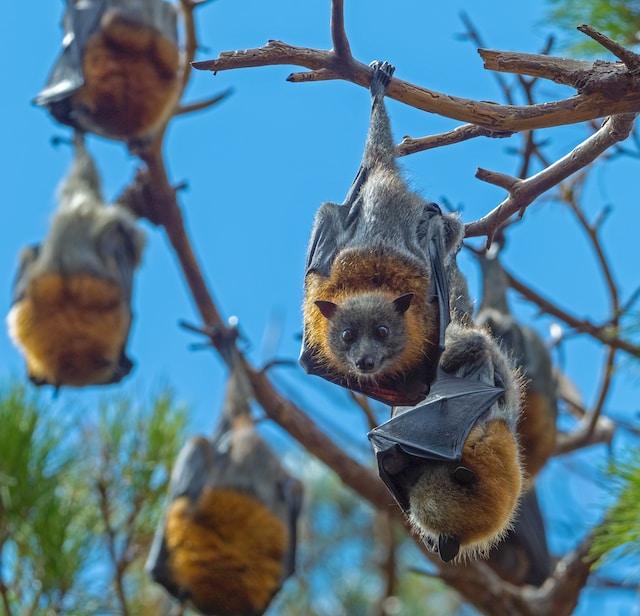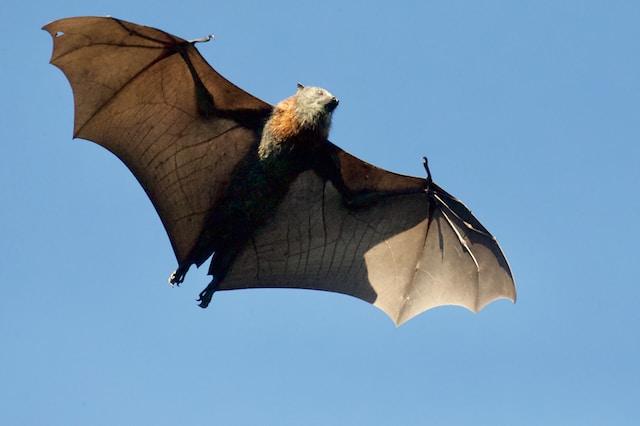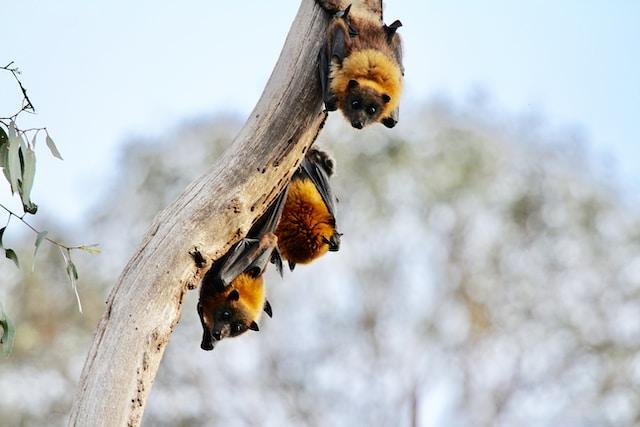Bats are one of the most unique and fascinating creatures in the animal kingdom. These creatures are often misunderstood and maligned, yet they play a crucial role in maintaining the balance of many ecosystems around the world. From pollination to insect control, these small creatures are truly remarkable.
The Importance of Bats in Ecosystems
Bats are critical to the pollination process for many plants around the world. For example, the Agave plant, which is used to make tequila, relies almost entirely on bats for its pollination. Additionally, bats are also important pollinators for many fruits and crops, including bananas, mangoes, and guavas.
Insect-eating bats are also incredibly important for controlling insect populations. They can eat hundreds of insects in a single night, making them effective at reducing pest populations in agricultural areas. Additionally, bats are also known to eat mosquitoes and other disease-carrying insects, making them an important factor in reducing the spread of diseases like malaria.

Echolocation and Feeding Behavior
Bats are one of the few animals that use echolocation to navigate and find their prey. This remarkable ability allows them to locate their prey in complete darkness. When a bat emits a high-pitched sound, it travels through the air and bounces off objects in the environment. The sound then returns to the bat’s ears, giving it a detailed picture of the surrounding environment.
Bats use a variety of techniques to catch insects, including aerial hawking, gleaning, and aerial hawking. Aerial hawking involves catching insects on the wing, while gleaning involves picking insects off of leaves or other surfaces. Some bats even use their tails to scoop up insects from the water!

Threats to Bat Populations and Conservation Efforts
Unfortunately, bats are facing a number of threats to their populations. Habitat loss and fragmentation, climate change, and the spread of diseases like white-nose syndrome are just a few of the challenges that bats face.
White-nose syndrome is a disease that has caused the death of millions of bats in North America and is rapidly spreading across the continent. This disease affects hibernating bats, causing them to wake up frequently during their hibernation period. This causes them to use up their energy reserves, which leads to their death.
Conservation efforts are underway to protect bat populations. One of the most effective methods of protecting bats is by creating bat-friendly habitats. This can be done by installing bat boxes in areas where bats are known to live. These boxes provide a safe and comfortable place for bats to roost and raise their young.
Efforts to control the spread of white-nose syndrome are also underway. This includes monitoring bat populations, limiting human access to caves and other areas where bats are known to roost, and developing treatments for infected bats.

Conclusion:
Bats are fascinating creatures that play a crucial role in maintaining the balance of many ecosystems around the world. By understanding their unique abilities and the threats they face, we can work to protect and conserve these amazing animals for future generations.

